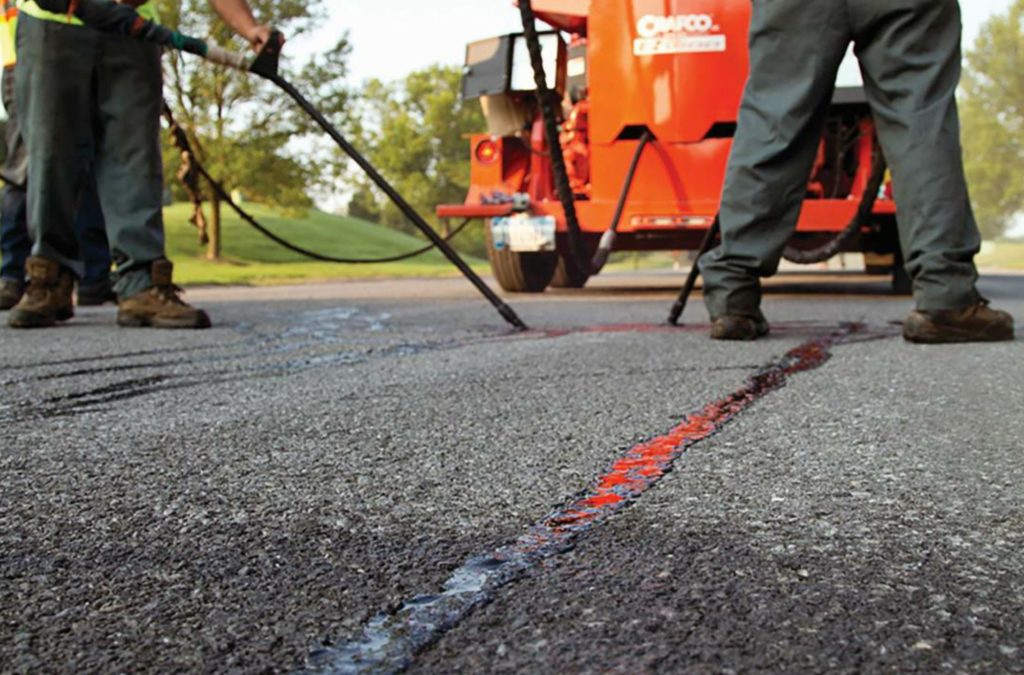In terms of driveway pavement, nothing beats asphalt. Asphalt driveways, like the asphalt that covers our roads and highways, may develop cracks and dips over time, just like the rest of the pavement. Your driveway’s durability and attractiveness are at risk if you don’t address these cracks quickly.
Fortunately, repairing asphalt driveway cracks is a straightforward task that only takes a do-it-yourself method and a few equipment and supplies that are easily accessible at most hardware shops. A great example is the Asphalt Industrial crack fill machine that makes crack filling easier and faster.
Because of freezing and thawing conditions, the most common cause of asphalt driveway cracks is water that has crept below the surface and expanded or contracted. You may want to seal your asphalt driveway after repairing and sealing any cracks or dips to keep water out.
Preparation
Before applying the patching material, the afflicted area must be as clean and smooth as possible. The first step is to remove any asphalt blocking the fracture using a hammer and chisel. After that, use a wire brush or a wire wheel on a drill to clean the fracture. The next step is to use a pressurized air cannon or a shop vac to remove any remaining loose debris and finer particles.
A garden hose may be used instead of an air cannon or shop vac if neither is available. You must, however, allow the crack to dry thoroughly before moving on. Safety goggles are essential regardless of how you clean the crack to protect your eyes from particles. Once the break in the asphalt has been thoroughly cleaned, it’s time to start filling the crack. Be aware that various patching materials are needed for minor and extensive fractures. You will learn to patch minor and significant fractures in the following phases.

Repairing Small Asphalt Cracks
Rubberized asphalt-emulsion crack filler is the best option for filling up minor cracks. Try to keep the filler away from any unaffected areas since it might discolor the driveway. If you have a caulking gun, use it to apply the filler. If you don’t have a caulking gun, you may use your fingers to push the filler into the crack carefully. To level the surface of the fracture, a trowel or putty knife may be employed. Using rubber gloves and your thumb, you can smooth out the crack if you don’t have access to a putty knife or trowel right away. Before driving over the damaged area, it is essential to let it cure entirely according to the manufacturer’s guidelines.
Repairing Asphalt Cracks of a Larger Size
To begin, if the fracture is more profound than two inches, fill the crack with tiny, crushed, angular pebbles up to the two-inch mark. It is best to avoid pea gravel, which shifts often and does not create a stable basis. Secondly, you should use a steel tamper or a 4×4 wooden post to tamp down the gravel. Using a cold process asphalt repair product, such as blacktop fills up the crack. Use a tamper or a 4×4 wooden post to compact the compound. To guarantee a level driveway, you may need to add extra blacktop or compound material and tamp it down again.
In contrast to the surface blacktop, the blacktop underlying may take several weeks to solidify. If you seal your driveway at this time, the patch will not harden correctly since it will be deprived of air.






